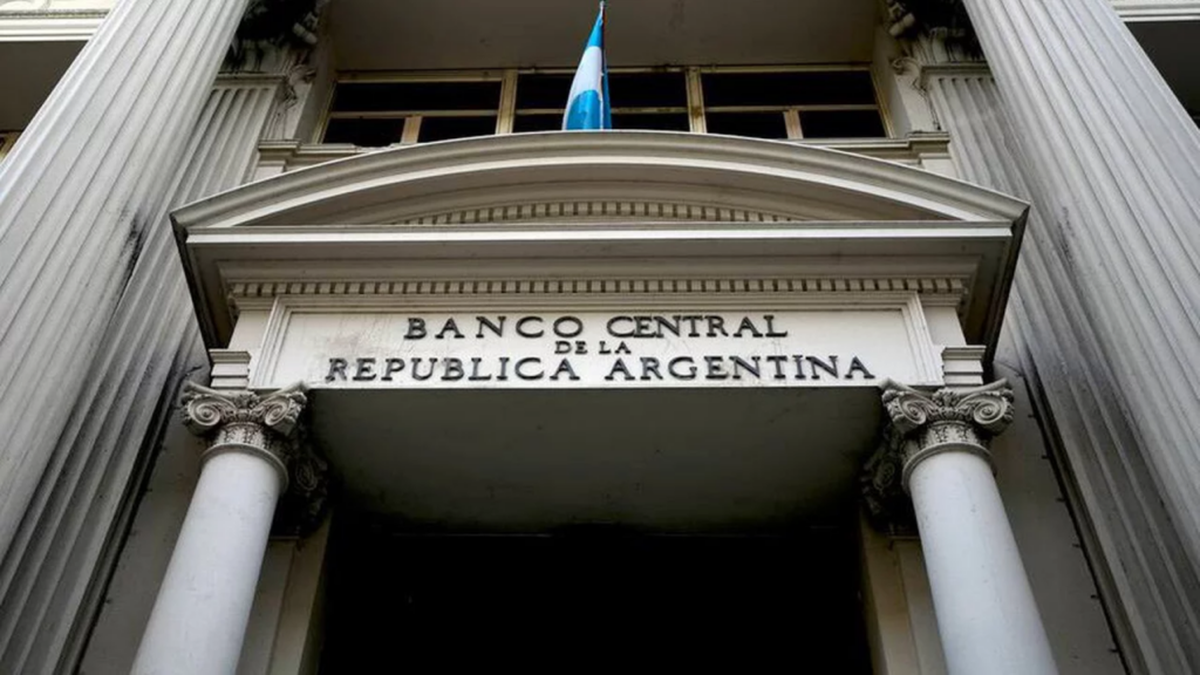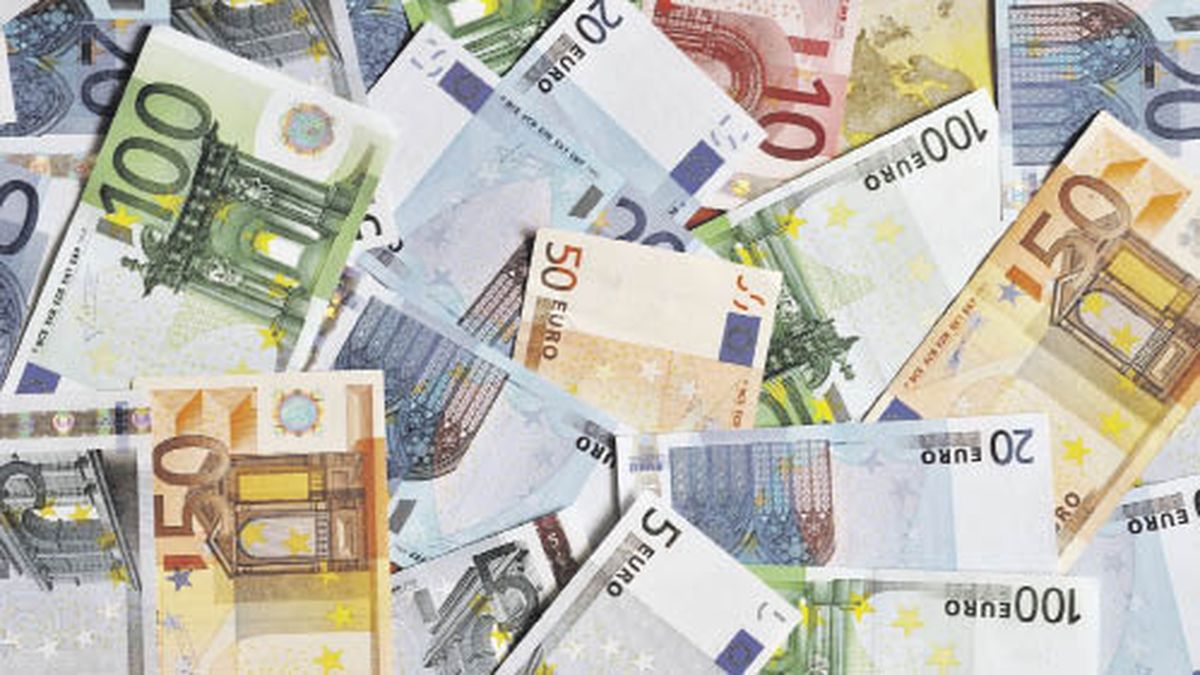It should be remembered that the pressure on the informal exchange rate began almost three months ago after a liquidation of the doubt in pesos tied to the CER, at the beginning of June, it continued when the BCRA tightened the exchange rate clamp on companies, at the end of last month, and accelerated after the resignation of the former Minister of Economy, Martin Guzman, in early July.
The arrival of Silvina Batakis in his replacement did not manage to calm the exchange rate tension either, and the blue hit a nominal high of $350 on July 22. Only at the end of last month, with the rumors of the landing of Serge Massa In the Ministry of Economy -something that took place on August 3rd- , the blue dollar began to deflate, until reaching a momentary floor of $282 (on August 1st).
From there the parallel bounced back to $298 two days later, to later settle for several days above $290, but always for below $300.
Blue dollar price in August
During August, the blue dollar fell $3 after ending July at $296.
Let us remember that in the seventh month of the year, the parallel dollar had climbed $58 (+24.4%), which represents its highest monthly advance in the year so far.
Previously, it had increased $31 (+15%) in June, after rising $6.50 (3.2%) in May.
The parallel dollar rose 50 cents in April, and lost $11 in March, its worst performance in 14 months. Last February, it fell $6.50 (-3%), after rising $5 or 2.4% in January.
Price of the blue dollar in the year
So far this year, the informal dollar advances $85 after closing 2021 at $208.
During the past year, the blue dollar registered a rise of 25.3% ($42), half compared to the inflation of the period (50.9%). However, it is worth remembering that in 2020 it had shown a sharp jump of 111% (compared to 36% inflation).
What is the blue dollar?
The value of the blue dollar has a substantial difference with the official dollar, which is acquired in banks and has an established price. Its sale is in the informal market, without regulations or limits, and for this reason it is generally operated at a value greater than the official dollar.
Why is it called the blue dollar?
The origin of the blue dollar as a denomination for the operation of the banknote in the informal market is not clear. But there are theories.
An explanation of its name indicates that it is so called because in English, “blue”, in addition to naming the color blue, refers to something “dark”.
Another theory relates it to purchase operations through bonds or shares of companies known as “blue chips”. They also link it to the approximate color that appears when a fibron is applied to detect counterfeit bills.
Savings and tourist dollar quote
The savings dollar or solidarity dollar-which includes 30% of the PAÍS tax and the deductible 35% of Income Tax and Personal Assets- rose 48 cents or 0.2% to $238.56, almost $54 below blue.
The tourist dollar or card -retailer plus COUNTRY Tax, and a perception of 45% deductible from Income Tax and Personal Assets- advanced 51 cents to $253.02.
More news about the Blue Dollar and the Dollar
Soybean dollar: Sergio Massa visited Coninagro and expectation grows about possible announcements
Why the Government does not want to liquidate soybeans to the stock dollar
Daniel Artana: “With this exchange gap there is no economy that works”
Domingo Cavallo’s ex-ladero proposes a legal tender dollar and zeroing out the peso
Source: Ambito
David William is a talented author who has made a name for himself in the world of writing. He is a professional author who writes on a wide range of topics, from general interest to opinion news. David is currently working as a writer at 24 hours worlds where he brings his unique perspective and in-depth research to his articles, making them both informative and engaging.




